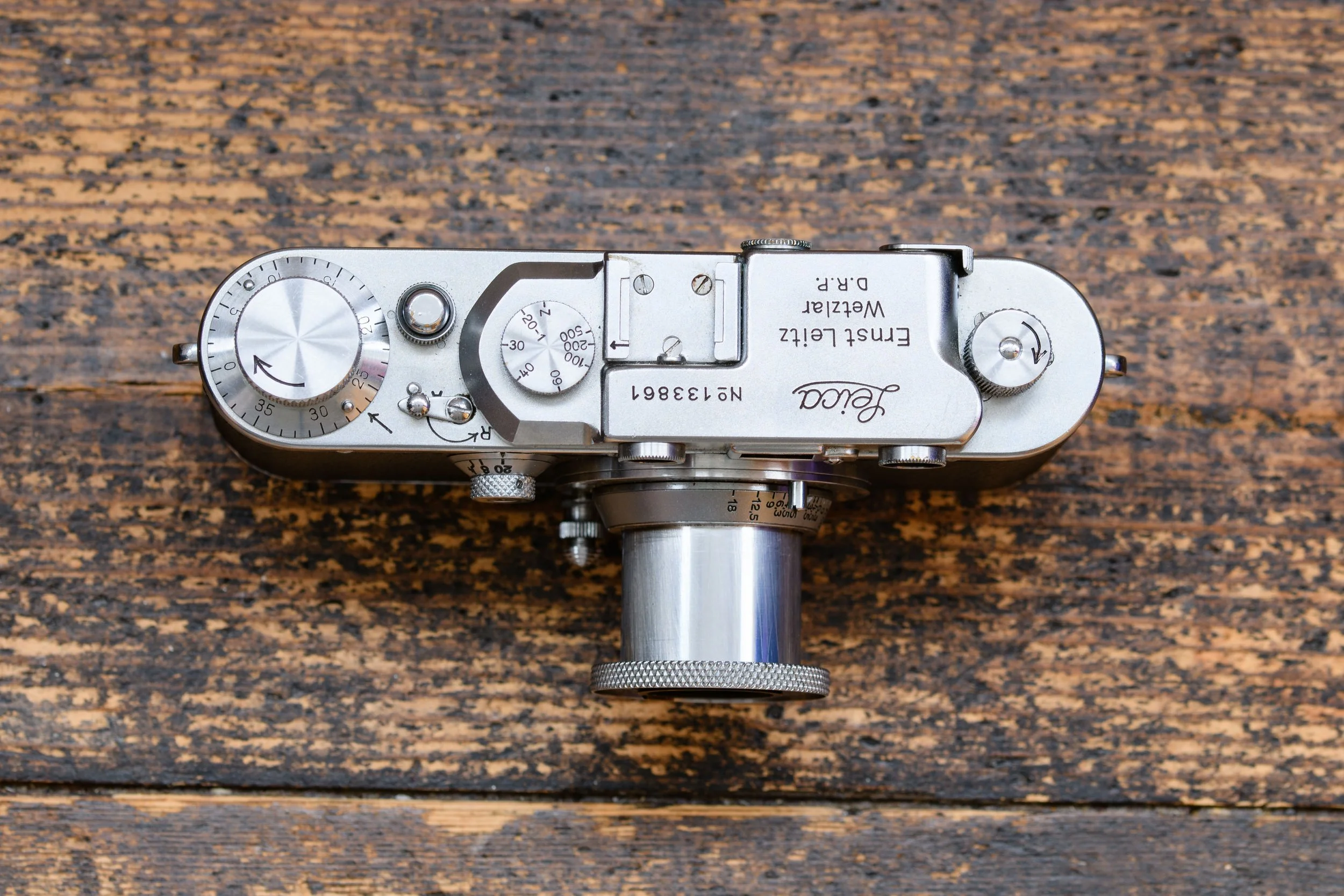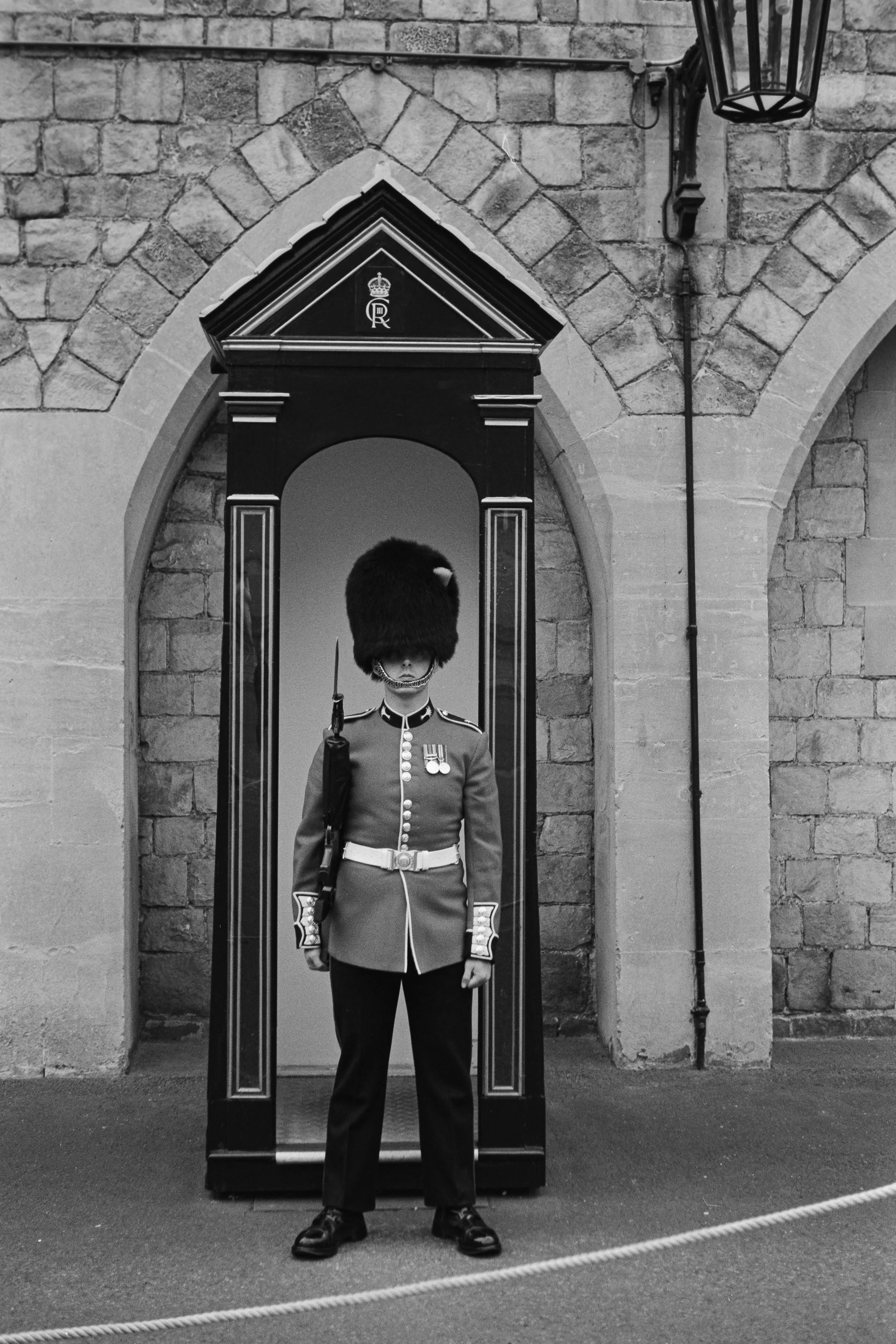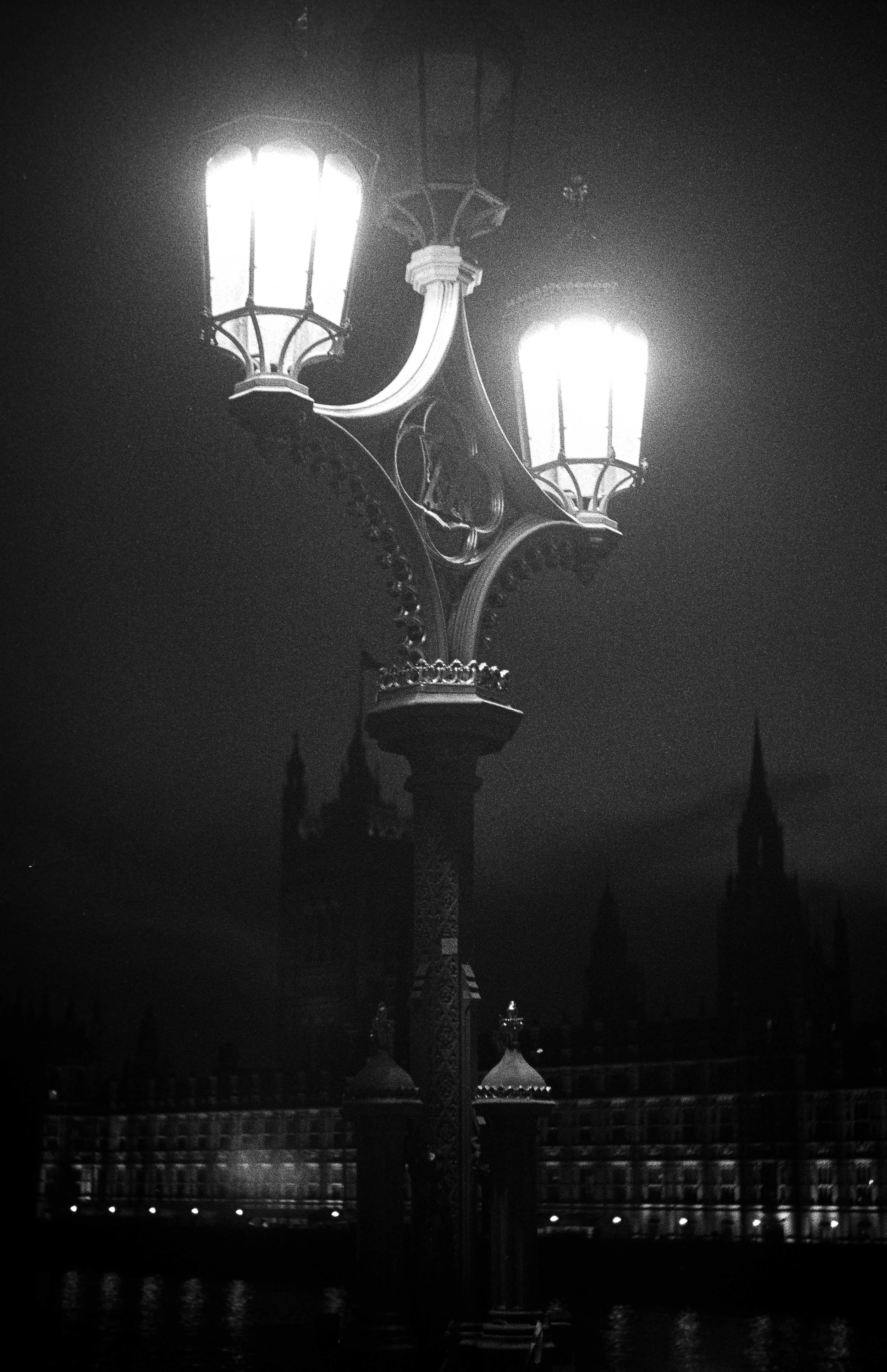Life Left in a Leica
In the earliest days of photography capturing an image was a tough and labourious process. It required you to carry very heavy gear, sometimes even to develop the image there and then if you were using wet plates. Oskar Barnack (1879-1936) was an engineer working at the the Leitz company in Wetzlar who suffered from bad asthma which meant it was prohibitively difficult for him to shoot with these large format camera. To enable him to keep taking photographs he set about making something smaller and more suitable using existing and readily available 35mm cinefilm. This became the Ur-Leica prototype in 1914 which would eventually go into production in 1924 to roaring success. The name Leica is derived from ‘Leitz Camera’.
Perhaps the most influential camera of all time and by far the most copied, Barnack’s invention paved the way for photography as we know it today. My example is a later and more advanced Leica iii from 1934 which had a built-in viewfinder and rangefinder, as well as a dedicated dial for slow shutter speeds. All 6 images you can see in the gallery were taken on this camera with an the Leitz Elmar 50mm F3.5 lens, the original lens for this camera. Built to truly incredible standards this camera is still able to produce great images 90 years after it was made during the life of its creator.
This has become my go to travel camera for film photography due to its small size and so far it has been used in 4 different countries - UK, Germany, USA and now Japan. You can see more images taken with this camera on the links below from my blog. If I am at the gallery I will have the camera with me so please feel free to come say hello and take a closer look.
Soldier at Windsor Castle
A knight's suit of armour on display at the Tower of London.
A view of the River Thames from the top of The Shard.
London Bridge station from the top of The Shard
Nighttime fish & chips.
On Westminster Bridge.






